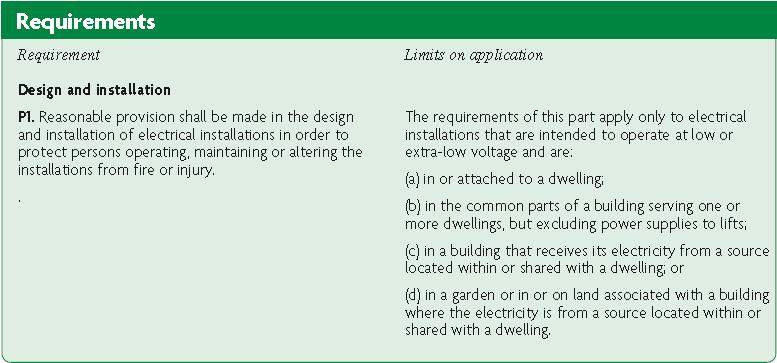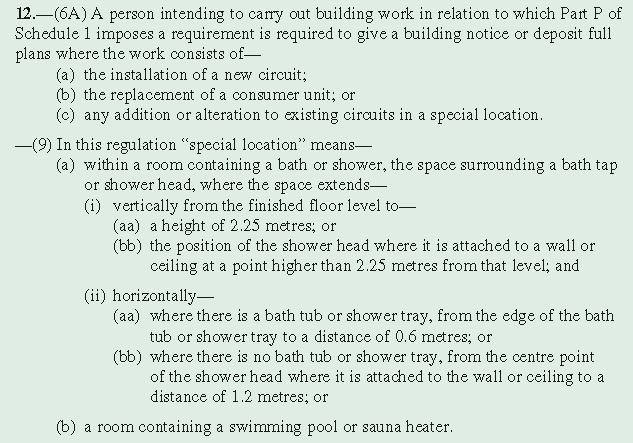Can anyone help with this question....
Have an ouside shed which is supplied by a SWA cable from the house supply. The supply is not protected with an RCD and the CU is an old style rewirable fuse type.
The SWA to the shed is terminated into a new CU protected by a 30mA RCD and has a 6A & 16A MCB.
If i run two new circuits for lighting and a 13A Socket, will the whole installation back to the house CU need to be tested, Inspected and certified under Part p or just the new circuits in the shed back to there respective CU.
Cheers if some one can help.
Have an ouside shed which is supplied by a SWA cable from the house supply. The supply is not protected with an RCD and the CU is an old style rewirable fuse type.
The SWA to the shed is terminated into a new CU protected by a 30mA RCD and has a 6A & 16A MCB.
If i run two new circuits for lighting and a 13A Socket, will the whole installation back to the house CU need to be tested, Inspected and certified under Part p or just the new circuits in the shed back to there respective CU.
Cheers if some one can help.




